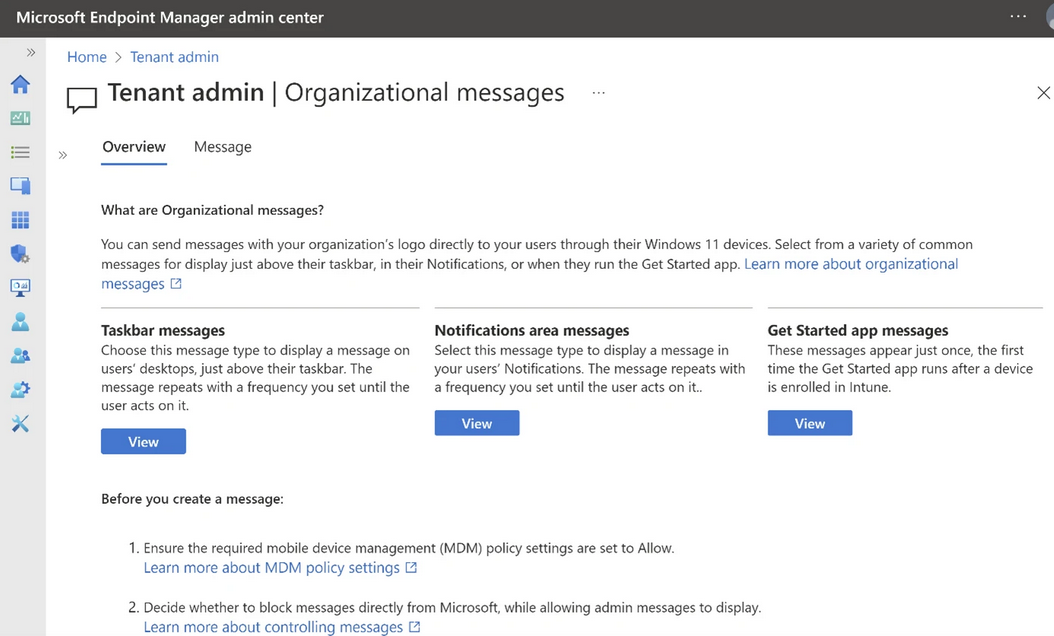
Microsoft has pushed out its first major update to Windows 11, and it’s belatedly adding features that were already available in Windows 10 in response to feedback from enterprise IT professionals, as well as new ones.
Many enterprise IT professionals remain wary of Windows 11– which was first released to original equipment manufacturers (OEMs) on October 5, 2021 – not least because of the hardware requirements that caused such controversy when it landed, and it has faced some predictable adoption headwinds as a result.
(Microsoft commissioned Forrester over the summer to run a report into the benefits of Windows 11 adoption across enterprises, which perhaps unsurprisingly found “improved end-user productivity, a more secure OS environment, as well as operational efficiency in their security and IT management”).
The Windows 11 2022 update: What’s new?
Microsoft admitted this week with the Windows 11 2022 release that it “needed to provide more analytics and reports before we delivered the 2022 Update” including app and driver compatibility insights within Endpoint Manager to make sure that things don’t break on migration: “These reports are available in preview as a Windows Enterprise E3 benefit to help you better understand compatibility risks in moving to Windows 11.”
It is also reintroducing a mode available on previous Windows versions, but not Windows 11, which lets users essentially turn a PC into a single-purpose device that ran select limited applications whilst restricting others.
“Over the past months, we have also heard that some of you wanted to upgrade some of your kiosk devices that ran multiple applications, but Windows 11 did not support this” Microsoft GM Wangui McKelvey noted.
“You found this feature important as it provided a customized Start experience that only showed the apps that you allowed. We are happy to share that this is coming back to the 2022 Update in October 2022, helping you provide a great tailored experience for your employees that need a customized but locked down experience.”
It also touted "Smart App Control" which "blocks untrusted or unsigned applications, script files and malicious macros from running on Windows 11", using AI to "only allow processes to run that are predicted to be safe based on existing and new intelligence processed daily". This may sound like hell for IT pros at larger enterprises, but Redmond hastens to add that the optional feature is "great for smaller organizations who don’t manage their devices or have unsigned line of business applications and have clean installations of the 2022 Update."

Windows 11 2022 update: Focus sessions and clever live captions
The release also includes “focus sessions”. This lets users hit “do not disturb” which silences notifications, and turn off task bar badges as well apps flashing on the task bar. This is also integrated with the Clock App: users can launch a timer to help them focus as well as reminders to take breaks (“proven to improve productivity”).
Other welcome accessibility additions include live captions that transcribe in-person conversations. These can be moved around the screen (e.g. to sit just under the camera). Microsoft described this as “a game-changing feature for a whole range of scenarios – meetings where everyone is wearing face masks that block lip reading, impromptu conversations between deaf and hearing people where no sign interpreter is readily available… helping non-native language speakers follow along with audio content and conversations both online and off.”
Microsoft’s sprawling set of posts and promotions around the Windows 11 2022 update rehash many already announced features, making it a little hard to separate the wheat from the chaff when it comes to fundamentally new features with the update (e.g. it suggests that its rather naughty/freaky "eye contact" feature is new when it was released in April: This fixes your eyes on the camera during a call, even when you're looking elsewhere.)
Some of the previously announced are worth revisiting however.
Reintroducing "organizational messages" for IT
In April 2022, for example, Redmond introduced a feature called organizational messages that lets IT send direct communications to employees within Windows, such as above the taskbar, in the notifications panel, and in the Get Started application: “From the Endpoint Manager admin center, IT can create messages and add their company logo, provide customized links or URLs, configure the viewing frequency, and, of course, define the targeted set of users for the message based on the integration with Azure Active Directory. This allows better employee connection while respecting privacy and ensuring helpful and targeted information reaches your people” – as a way for IT to push important messages out to all enrolled users, it seems powerful and welcome.
Microsoft teased more updates to Intune, including integration with the Microsoft Store application catalogue, but didn't offer precise updates, just saying that it was looking to offer "a richer experience around app deployment and update controls, and the ability to easily assign or uninstall apps to users or devices" with a "consumer-like experience for employees with all the IT control you want integrated into Intune".
It will share more details next month.
Panos Panay, EVP, Chief Product Officer, Windows + Devices, has a blog with more updates and links here.
